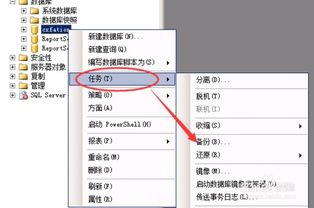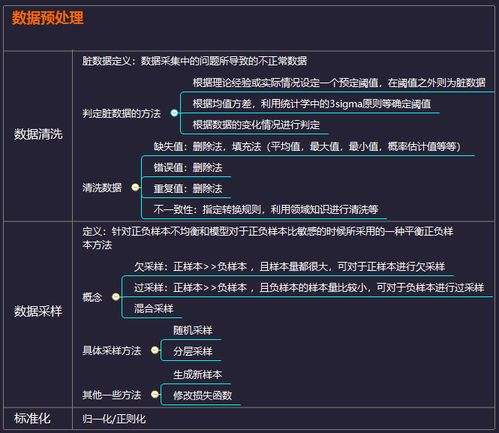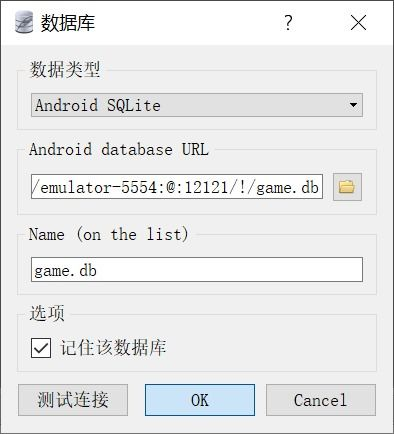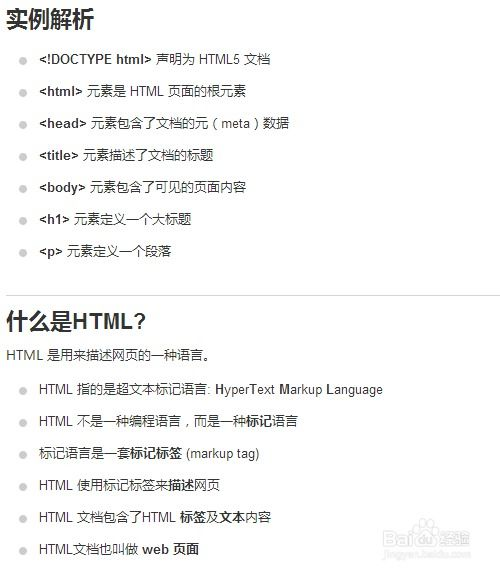ASP.NET Page Convert to PDF File Size: Impact on Performance, Quality, and Optimization
Understanding PDF File Size in ASP.NET
When generating PDF files from ASP.NET pages, the resulting file size can vary significantly based on several factors. These include the complexity of the web page being converted, the use of images, fonts, and the overall content structure. File size not only influences storage requirements but also affects how quickly these files can be downloaded or displayed to users. A larger PDF may result in slower load times, leading to a poor user experience. Hence, understanding the underlying factors that contribute to the file size is imperative for developers.
Core Factors Influencing PDF Size
The size of a PDF generated from an ASP.NET page can be influenced by various elements:
- Images and Graphics: High-resolution images or numerous graphic elements can quickly inflate the size of the PDF file. Reducing image sizes or choosing appropriate formats can help manage file size effectively.
- Fonts and Text: Embedding custom fonts within the PDF can increase the file size. Using standard fonts that are already available in most PDF viewers can help keep the file size down.
- Content Complexity: Pages with elaborate layouts, heavy use of CSS, or JavaScript can result in larger PDF sizes. Stripping unnecessary code and optimizing layouts can lead to more manageable PDF sizes.
Optimization Techniques for Smaller PDF Sizes
To achieve a balance between quality and file size in ASP.NET PDF generation, consider the following optimization techniques:
- Image Compression: Implementing image compression techniques can significantly reduce the file size of embedded images while maintaining acceptable visual quality.
- Minimizing Embedded Fonts: Only embed fonts that are necessary for the document. Utilize system fonts where possible to avoid unnecessary bloat.
- Content Simplification: Streamline HTML content prior to conversion. Removing unused elements, comments, and unnecessary formatting can help reduce the final file size.






